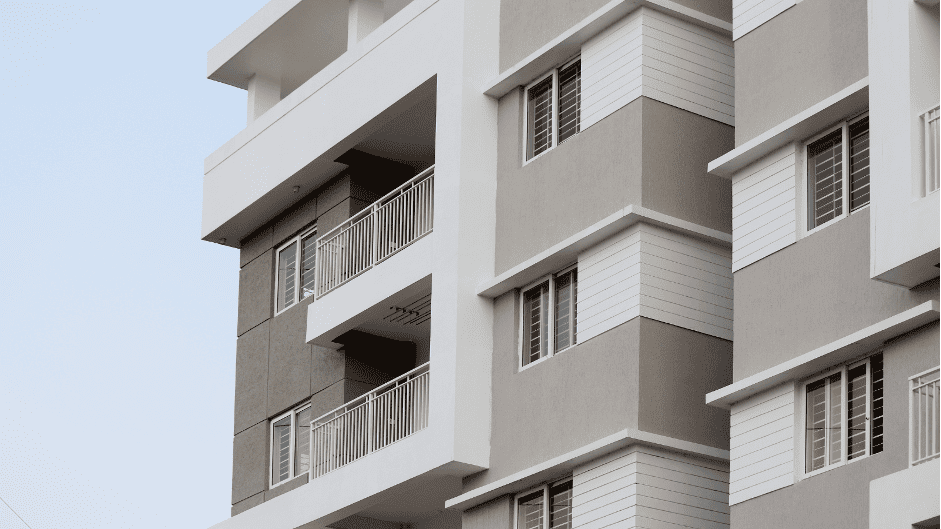Currently, focusing on energy efficiency in buildings is more crucial than ever. With rising environmental awareness and the need to reduce operational costs, technologies such as Building Information Modeling (BIM) and digital twins are emerging as leading solutions. But what do these technologies entail, and how are they transforming the energy efficiency of buildings?
What is BIM and how does it contribute to energy efficiency?
As you may recall, or if you’re new here, BIM is a work methodology that allows for the creation of digital representations of the physical and functional characteristics of a building. It functions as a database that facilitates decision-making throughout the building’s lifecycle.
And regarding energy efficiency? BIM enables the simulation of a building’s energy performance from the early stages of design, helping to optimize heating, ventilation, and air conditioning systems. It can also be used to model natural lighting and thus improve energy efficiency and interior space comfort.
Digital twins and their impact on energy management
Digital twins are virtual replicas of a physical asset that update and change alongside the actual asset. In the context of buildings, they represent a powerful tool for energy management. How and with what applications?
- Real-time Monitoring: The ability to monitor building systems in real-time allows for the quick identification and correction of energy inefficiencies.
- Prediction and Preventive Maintenance: Digital twins can predict faults in building systems and suggest preventive maintenance actions.
Success stories and practical applications
- The Edge, Amsterdam: Considered one of the greenest office buildings globally, The Edge uses BIM for its design and maintenance. This building has an LED lighting system connected to an Ethernet network, significantly reducing energy consumption. Digital twins at The Edge allow constant monitoring and optimization of these systems, ensuring the building always operates at its most efficient level.
- Residential Project in Singapore: In a housing project in Singapore, BIM was used to design apartments that maximize natural light and cross ventilation, reducing dependence on artificial light and air conditioning. Digital twins provide residents with real-time information about energy consumption, helping them control and reduce their usage.
- Office Building Renovation in New York: An office building in New York implemented BIM and digital twins in its renovation, resulting in a 35% reduction in energy consumption. The update included more efficient heating and cooling systems and better insulation, with a return on investment in less than five years due to energy savings.
- Shopping Center in Barcelona: A shopping center in Barcelona used BIM in its design phase to integrate solar energy solutions and rainwater collection systems. Digital twins assist in the efficient management of these systems, reducing the building’s carbon footprint and decreasing operating costs by 40% compared to similar shopping centers.
Integrating BIM and digital twins in building management represents a significant step towards optimizing energy efficiency. These technologies not only improve energy performance but also contribute to a more sustainable and economically viable future for buildings. At Fisotec, we understand the importance of staying at the forefront of these technologies and offer solutions that integrate BIM and digital twins to help our clients achieve their energy efficiency goals.
We want you to be part of Fisotec through our upcoming «Did You Know?» series. Feel free to send your proposals to hello@fisotecsolutions.com


